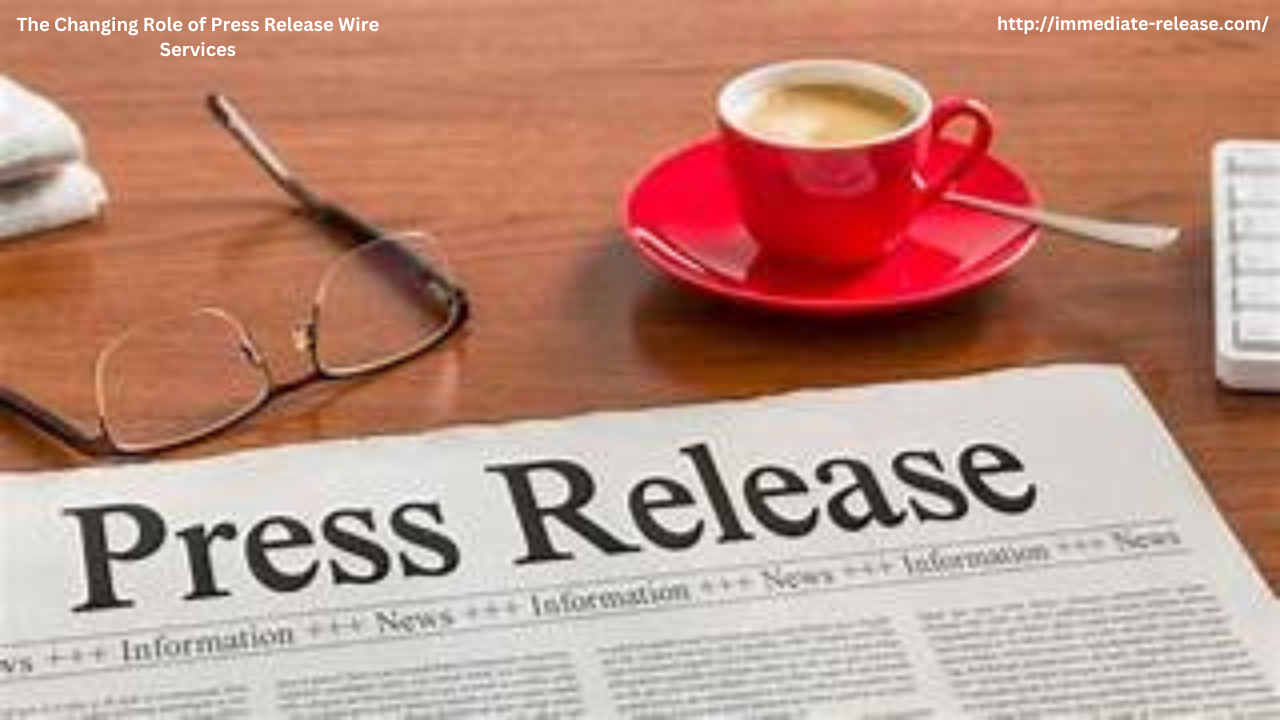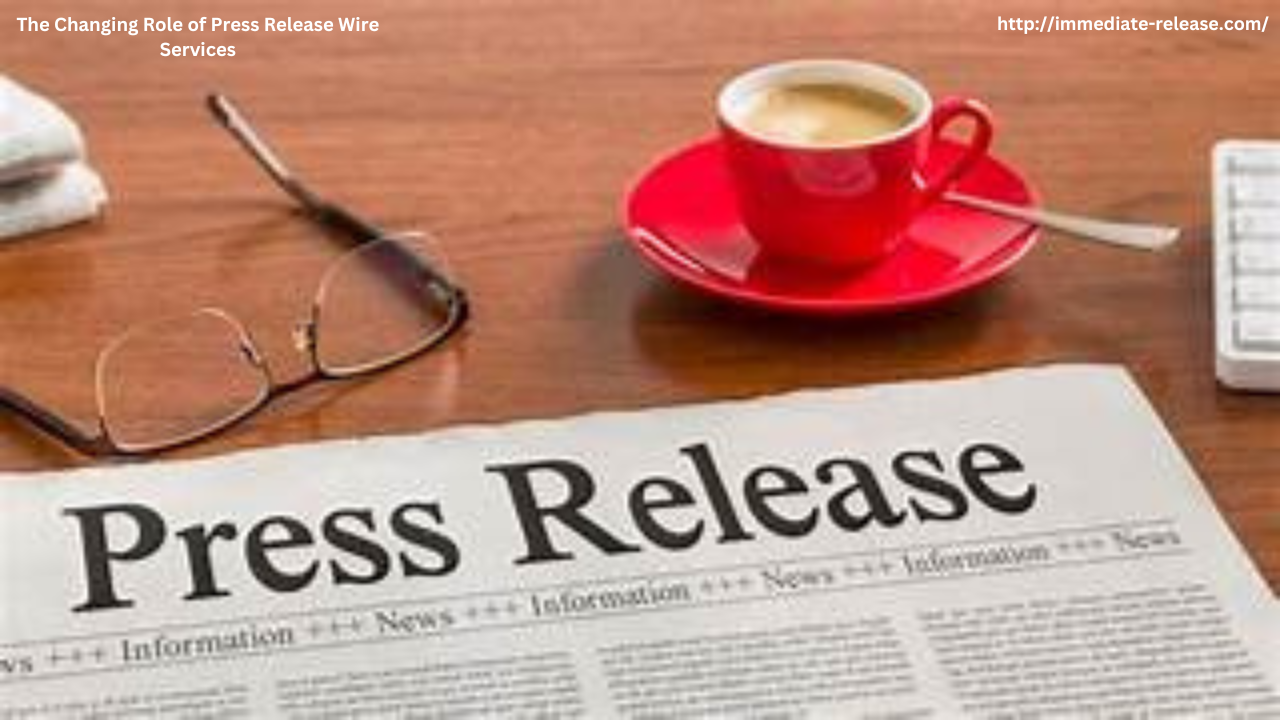 Mental health nonprofits are on the front lines of one of the most important battles of our time—fighting stigma, supporting vulnerable communities, and advocating for systemic change. Yet despite their critical work, many of these organizations struggle to gain visibility in a crowded media landscape. That’s where press release distribution comes in—serving as a vital tool that gives voice to the mission, impact, and stories of mental health nonprofits.
Mental health nonprofits are on the front lines of one of the most important battles of our time—fighting stigma, supporting vulnerable communities, and advocating for systemic change. Yet despite their critical work, many of these organizations struggle to gain visibility in a crowded media landscape. That’s where press release distribution comes in—serving as a vital tool that gives voice to the mission, impact, and stories of mental health nonprofits.
For many nonprofits, limited marketing budgets mean traditional advertising or paid media campaigns are often out of reach. Press releases, however, offer a cost-effective solution to amplify their message. Distributed through reputable news wire services, a well-crafted press release can reach hundreds of journalists, newsrooms, and online platforms within hours—putting mental health initiatives in front of the right audiences at the right time.
One of the key strengths of press release distribution is credibility. When a nonprofit publishes a release through a trusted news wire, it not only gains exposure but also lends an air of authority and professionalism to the message. Journalists are more likely to take notice, and the public is more likely to engage. Whether the announcement is about a new crisis hotline, an awareness event, or the results of a community mental health program, a press release ensures that the information is taken seriously.
Equally important is the ability of press releases to highlight underrepresented voices. Mental health nonprofits often work with marginalized groups—low-income families, LGBTQ+ youth, veterans, or people of color—whose struggles are frequently overlooked in mainstream coverage. Through press releases, these organizations can spotlight personal stories, advocate for specific needs, and push for policy change by getting those narratives in front of decision-makers and media outlets.
Timing is another advantage. Aligning press releases with national awareness days like Mental Health Awareness Month or World Suicide Prevention Day can increase the chances of pickup by news outlets actively seeking content on those topics. Strategic timing also positions nonprofits as proactive contributors to public discourse, rather than reactive voices.
A successful mental health press release includes compelling storytelling, clear data, and a call to action. Adding quotes from clinical staff, community leaders, or individuals with lived experience adds authenticity and human connection. Including multimedia—photos, infographics, or video links—can boost engagement and sharing across social platforms.
Perhaps most importantly, press release distribution allows smaller nonprofits to punch above their weight. A local mental health nonprofit might not have the reach of a national brand, but a single well-placed press release can lead to local news coverage, interviews, partnerships, or donor engagement. Over time, consistent media presence builds credibility and increases influence.
In a world where mental health awareness is more important than ever, press release distribution is giving nonprofits a louder, clearer, and more consistent voice. It transforms their vital work into stories that inform, inspire, and mobilize. And in doing so, it helps move the conversation forward—from awareness to action, and from silence to support.










